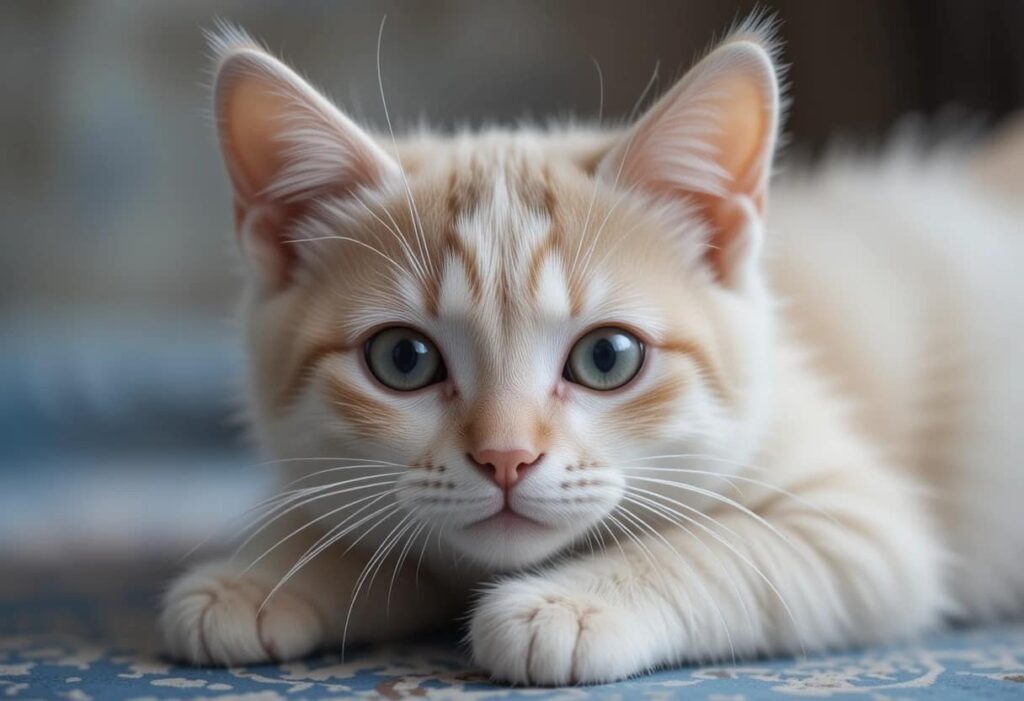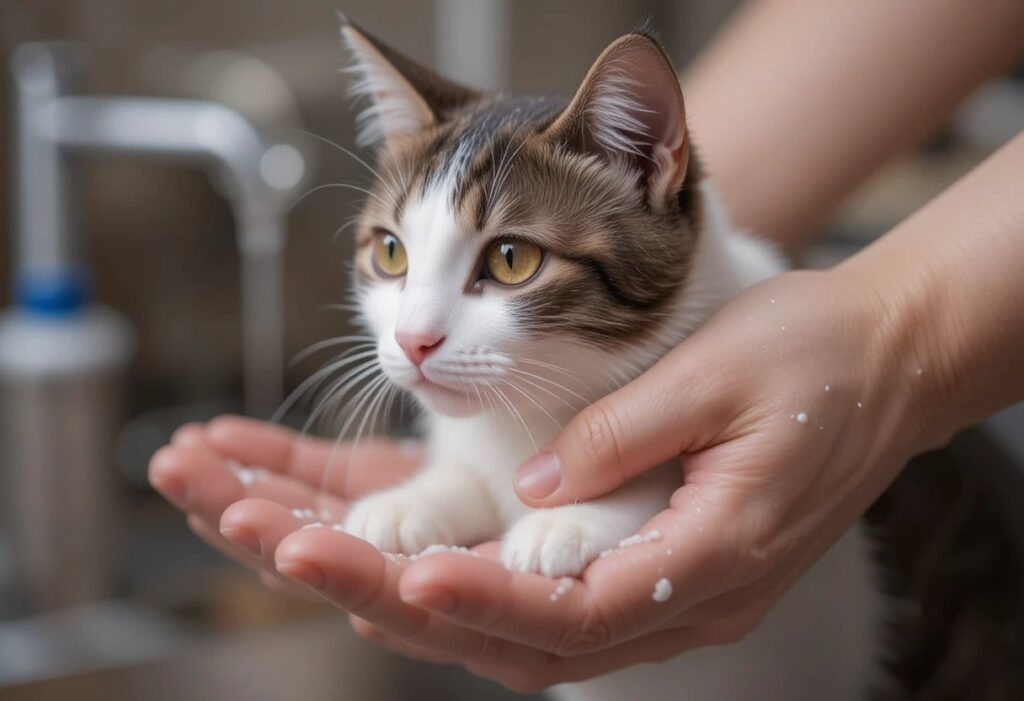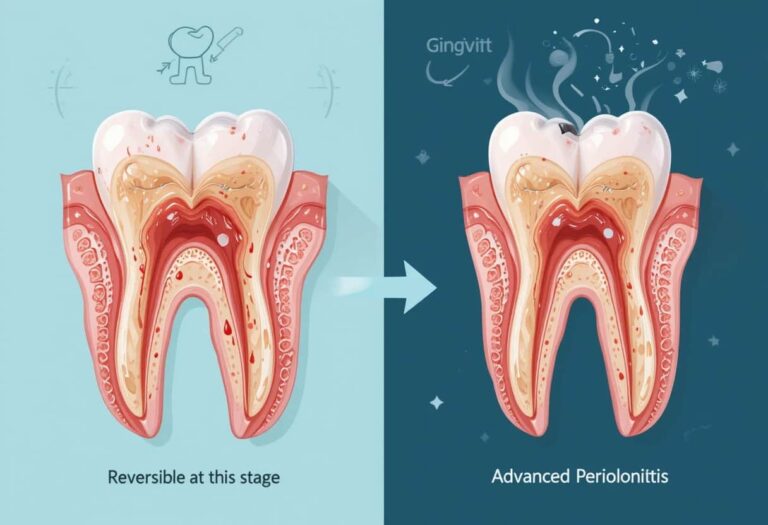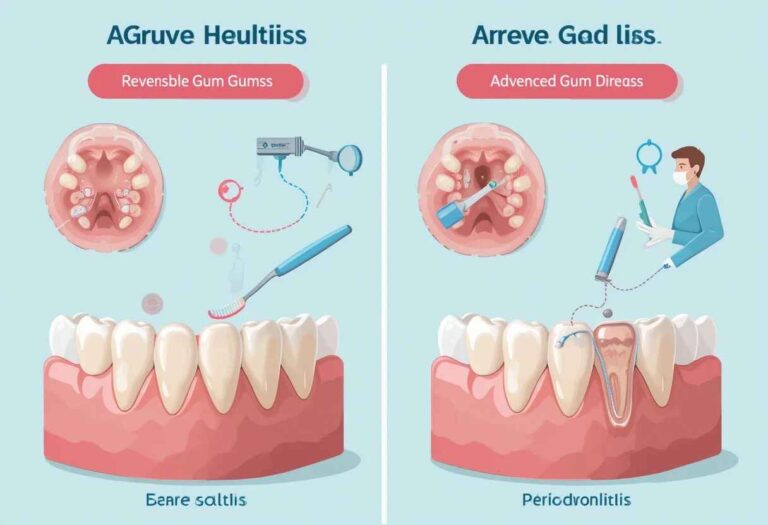Do Cats Get Parvo Disease – Shocking Truth!
When your furry companion starts acting unusual, it’s natural to feel worried, especially when it comes to serious diseases like parvo. While many people know that dogs are vulnerable to parvovirus, fewer are aware that cats can get their version of this life-threatening illness. So, do cats get parvo disease? The answer is yes. In cats, this condition is called feline panleukopenia virus (FPV), also known as feline distemper.
This highly contagious disease affects the intestines and bone marrow and can be deadly, especially for kittens and unvaccinated cats. In this detailed and easy-to-understand guide, we will cover everything you need to know about feline parvo — including symptoms, how it spreads, treatment options, and most importantly, prevention. Whether you’re a first-time cat owner or just want to stay informed, this article can help protect your pet’s health and possibly save their life.
What is Parvo Disease in Cats?
Parvo disease in cats is caused by the feline panleukopenia virus (FPV), a highly contagious and life-threatening virus. Although it’s similar to the parvovirus found in dogs, FPV specifically affects cats. This virus targets fast-growing cells, particularly in the intestines, bone marrow, and immune system, leading to severe digestive issues and a dangerous drop in white blood cells.
It spreads quickly through contact with infected cats, their bodily fluids, or contaminated surfaces. Without prompt veterinary care, the condition can rapidly worsen and become fatal, especially in kittens or unvaccinated cats.
How Is Cat Parvo Different from Dog Parvo?
| Feature | Feline Parvo (FPV) | Canine Parvo (CPV) |
| Affected species | Cats | Dogs |
| Virus strain | Feline Panleukopenia Virus | Canine Parvovirus |
| Contagious to other species? | No | No |
| Symptoms | Vomiting, Diarrhea, Fever | Vomiting, Diarrhea, Lethargy |
| Vaccine available? | Yes | Yes |
While similar in behavior, FPV is specific to cats. However, it’s just as deadly, especially for young or unvaccinated kittens.
How Do Cats Catch Parvo?
Parvovirus is widespread and highly resilient, surviving on surfaces for months. Here’s how it typically spreads:
- Direct Contact: Cats can catch parvo through close contact with infected cats or their saliva, urine, blood, or feces, especially during grooming or fighting.
- Shared Items: Bowls, litter boxes, bedding, and toys used by an infected cat can easily transmit the virus to healthy cats if not disinfected properly.
- Contaminated Places: Crowded areas like animal shelters, clinics, or catteries can harbor the virus and quickly spread it among unvaccinated or young cats.
- Human Carriers: People can unknowingly carry the virus on hands, clothes, or shoes after touching infected cats or contaminated items, risking indoor cats too.
Why Are Kittens More Vulnerable?
Kittens are born with some immunity from their mother’s milk, but this protection fades between 4 to 12 weeks of age. That’s the window when they’re most vulnerable. Without vaccinations, the chances of infection rise sharply. Once the immunity drops and before full vaccinations are given, the kitten is wide open to infection. That’s why early and timely vaccinations are critical.
Their immune systems are still developing, making it harder to fight off serious viruses like FPV. Stressful environments and poor nutrition can also weaken their resistance. Even minor exposure to contaminated surfaces can result in severe illness for unvaccinated kittens.
What Are the Symptoms of Parvo in Cats?
By the time a cat shows visible symptoms, the virus has usually been present for a few days. Watch out for the following signs:
Bloody or Watery Diarrhea:
This is usually the first and most alarming symptom of feline parvo. The virus attacks the intestinal lining, causing severe inflammation and bleeding. The resulting diarrhea is often watery, foul-smelling, and may contain blood. It leads to rapid dehydration and nutrient loss, making early treatment essential to prevent shock or sudden death.
Vomiting or Foamy Saliva:
Vomiting is a dangerous symptom because it prevents the cat from keeping down food or water. The vomit might contain foam or mucus and can occur repeatedly, irritating the stomach. This leads to severe dehydration and electrolyte imbalance. Without medical care, the cat becomes weak very quickly, and the risk of complications increases.
High Fever in Early Stages:
Shortly after infection, many cats develop a high fever as their body reacts to the virus. This elevated temperature can cause fatigue, low energy, and refusal to eat. If the fever isn’t managed, it can later crash into hypothermia, a critical condition where the cat’s body temperature drops below safe levels, risking organ failure.
Lethargy and Weakness:
A parvo-infected cat will likely appear very tired and unwilling to move. Even normal activities like walking or eating may seem difficult. This extreme lethargy happens because the body is fighting the virus while losing fluids and nutrients. In severe cases, the cat may collapse or lie motionless, signaling a critical medical emergency.
Sudden Drop in Body Temperature:
As the infection worsens, a once-feverish cat may suddenly become cold. A drop in body temperature, especially noticeable in the ears, paws, and belly, is a grave sign. It suggests that the immune system is overwhelmed and failing. Emergency care is needed immediately to prevent permanent damage or death from hypothermia.
Why Are These Symptoms So Dangerous?
These symptoms can quickly spiral out of control. Diarrhea and vomiting lead to dehydration, and the virus suppresses the immune system, allowing other infections to take over. If not treated early, it can be fatal within 2–5 days. The cat’s body becomes too weak to fight back.
Organ failure may begin silently. Delayed treatment reduces survival chances drastically. The gut lining also gets damaged, making absorption of nutrients nearly impossible. Blood loss through diarrhea can lead to anemia. In critical cases, death may occur suddenly without obvious warning signs.
How Is Parvo Diagnosed in Cats?
- Blood Tests: Blood tests are used to measure the white blood cell count, which drops significantly during a parvo infection. A low count suggests the immune system is under attack, helping the vet confirm the seriousness of the condition quickly and accurately.
- Fecal Testing: A sample of the cat’s stool is tested for the presence of feline panleukopenia virus (FPV). This test detects the viral particles directly and is one of the most reliable ways to confirm if the cat is suffering from feline parvo.
- Physical Examination: The veterinarian checks for visible symptoms such as vomiting, diarrhea, fever, or dehydration. They may also check for weight loss or low energy. These signs help the vet judge how advanced the infection is and how urgently treatment is needed.
- Medical History Review: The vet will ask about the cat’s vaccination history and recent exposure to other cats, especially in shelters or outdoor areas. This context helps in assessing risk levels and supports other findings from tests and physical examinations.
- Rapid Diagnostic Kits: Some clinics use quick testing kits that can identify the virus within minutes using a fecal sample. These kits provide fast, on-the-spot results, allowing treatment to begin immediately if feline parvo is detected.
What Is the Treatment for Cat Parvo?
Unfortunately, there’s no direct cure that can kill the feline parvovirus (FPV) itself. Instead, treatment focuses on supportive care to help the cat’s body recover and fight the infection. The goal is to manage symptoms and prevent complications like dehydration or secondary infections.
Common Treatment Methods Include:
- IV Fluids – Since vomiting and diarrhea cause severe dehydration, intravenous fluids help restore lost water and electrolytes.
- Anti-Nausea Medications – These control vomiting, allowing the cat to keep down fluids and nutrients.
- Antibiotics – Because the immune system is weakened, antibiotics are given to prevent or treat bacterial infections that may arise.
- Nutritional Support – If the cat refuses food, feeding tubes or assisted feeding are used to ensure proper nutrition during recovery.
- Isolation – Infected cats are kept in isolation to prevent spreading the virus to other animals, especially in shelters or multi-cat homes.
Early diagnosis and treatment are critical. Cats that receive prompt care and survive the first 4–5 days have a good chance of recovery.
Can Cats Survive Parvo Without Treatment?
Unfortunately, most cats who don’t receive vet care have little chance of survival. Statistics show that up to 90% of untreated kittens die from parvo. This is why early action is everything. Without fluids, nutrition, and antibiotics, the virus quickly overwhelms the cat’s system. Organs may start shutting down without visible warning signs. Even strong adult cats can weaken rapidly if the infection spreads.

Timely vet support can make the difference between life and death. The longerthe treatment is delayed, the lower the chance of survival. Parvo works fast, often showing no mercy. Immediate vet attention is truly lifesaving.
How to Prevent Parvo in Cats?
Preventing the disease is not only possible — it’s essential. Here’s how to protect your feline friend:
Start Vaccination Early:
Begin vaccinations when your kitten is about 6 weeks old, and make sure they complete the full series—usually three doses spaced a few weeks apart. Boosters are required every year. This is the most effective way to build strong immunity early in life and protect against the deadly feline panleukopenia virus, commonly known as cat parvo.
Avoid Exposure:
Keep your cat away from stray or unvaccinated cats, especially in risky areas like animal shelters, outdoor parks, or unfamiliar homes. Parvo spreads easily through direct contact and contaminated items. Until your cat is fully vaccinated, even a quick encounter can expose them to the virus, putting their health—and potentially their life—at serious risk.
Disinfect Regularly:
Parvovirus is very resistant and can survive on surfaces for over a year. Use bleach-based cleaners to disinfect your cat’s litter boxes, toys, bedding, and feeding dishes. This is especially important if you’ve had a sick pet in the house. Consistent cleaning is a simple but powerful step to protect your cats from future infections.
Quarantine New Pets:
Anytime you bring in a new cat—whether adopted, rescued, or fostered—keep them in a separate room for at least two weeks. Watch for signs of illness and verify their vaccination records. Quarantine prevents unknown infections, including parvo, from spreading to other pets in your home, especially if they’re kittens or immunocompromised.
Can Adult Cats Get Parvo Disease?
Yes, adult cats can get parvo, although it’s less common than in kittens. Cats that are fully vaccinated typically have strong immunity against the virus. However, in some rare cases—especially when a cat is stressed, sick, or has a weakened immune system—they may still become infected.
Senior cats or those with chronic illnesses may also be at higher risk. Even if symptoms appear mild at first, they can worsen quickly. That’s why regular vaccinations and annual booster shots remain important throughout a cat’s life to maintain full protection.
Can Indoor Cats Catch Parvo?
Yes, indoor cats can still catch parvo, even if they never step outside. The parvovirus is extremely durable and can survive for months on surfaces. Owners might unknowingly bring it in on their shoes, clothes, or hands after visiting parks, shelters, or other places with infected animals.
Because of this risk, veterinarians strongly recommend vaccinating indoor cats as well. Although the chance is lower than for outdoor cats, the consequences of infection are severe. Taking this precaution ensures your cat remains safe, even within the home environment.
Is There a Vaccine for Feline Parvo?
Absolutely. The FVRCP vaccine protects against three major diseases: Feline Viral Rhinotracheitis, Calicivirus, and Panleukopenia (Parvo). It’s one of the core vaccines every kitten and adult cat should receive. Vaccination usually starts at 6–8 weeks of age and is repeated every 3–4 weeks until 16–20 weeks.
Annual boosters ensure continued protection. This vaccine is safe, effective, and can save your cat’s life by preventing one of the deadliest feline viruses. Always follow your vet’s guidance for the proper vaccine schedule.
How Long Does Parvo Last in the Environment?
Long Survival Time:
Feline parvo (FPV) can survive in the environment for up to a year, especially in dark, moist, or cool places. This resilience makes it one of the hardest viruses to eliminate. Without proper cleaning, it can remain active in homes, shelters, or yards, silently waiting to infect unvaccinated cats that come into contact with contaminated surfaces.
Hardy on Surfaces:
The virus clings stubbornly to hard surfaces like floors, food bowls, litter boxes, and furniture. It also stays on soft materials such as carpets or bedding. Once infected material touches these surfaces, the virus can survive for months, posing a constant risk to other animals if not disinfected properly with specific cleaning solutions.
Resistant to Cleaners:
Feline parvo is highly resistant to most standard household disinfectants, soaps, and surface sprays. Regular cleaning methods do little to kill the virus. Without using strong antiviral cleaners, it remains active and infectious. Pet owners often mistakenly believe they’ve sanitized an area when, in fact, the virus is still present and dangerous.
Bleach Works Best:
A diluted bleach solution is the most effective way to kill parvovirus. Use one part bleach to 32 parts water and let it sit on affected surfaces for at least 10 minutes. This method reliably destroys the virus and is recommended by veterinarians, especially in multi-cat homes or after an infection outbreak.
Indirect Spread Risk:
Even if a cat never leaves the house, feline parvo can still enter through people’s shoes, clothes, or hands. Humans who have handled an infected cat or been in a contaminated area can unknowingly carry and spread the virus. That’s why regular hygiene and vaccination are so crucial in preventing its transmission.
Can Humans Get Feline Parvo?

No, humans cannot get infected with feline parvo. However, you can still carry the virus on your hands or clothes and infect another cat indirectly. That’s why hygiene is so important after handling sick or exposed cats. Washing hands, changing clothes, and disinfecting shoes help stop the spread, especially in multi-cat homes or shelters.
Feline parvo is extremely resistant and can survive on surfaces for months. Visitors from outside can unknowingly bring the virus in. Keeping up with vaccinations is the best defense against such indirect exposure.
FAQs:
1. Can Cats Get Parvo from Dogs?
No, cats cannot get parvo from dogs. While both species can catch parvovirus, they are affected by different strains. Dogs get canine parvovirus (CPV), while cats get feline panleukopenia virus (FPV). These viruses are similar but do not usually cross between species.
2. What Are the Early Signs of Parvo in Cats?
Early signs include sudden tiredness, loss of appetite, high fever, and vomiting. You may also notice watery or bloody diarrhea soon after. If your cat shows these symptoms, especially a kitten, visit the vet right away, as quick treatment improves survival chances.
3. Can Cats Get Parvo from Humans?
Humans don’t get infected by feline parvo, but they can carry the virus on their hands, shoes, or clothes. This can expose other cats to the disease. That’s why it’s important to stay clean and avoid contact with other cats after touching an infected one.
4. Can Dogs Get Parvo from Cat Poop?
Dogs usually do not get parvo from cat poop. The strain of parvovirus that affects cats (FPV) is different from the one that affects dogs (CPV). However, shared environments that are dirty or infected can increase the risk of both pets catching diseases.
5. How to Treat Parvo in Cats at Home?
Home treatment is not recommended without a vet’s help. Parvo is a serious and deadly virus. Supportive care at home may include keeping your cat warm, hydrated, and offering small amounts of food. But without proper fluids and medication, most cats won’t survive.
Conclusion:
In conclusion, while parvovirus is often linked to dogs, cats are also at risk from feline panleukopenia virus (FPV), a highly contagious and deadly disease. Kittens and unvaccinated cats are especially vulnerable. Timely vaccination, maintaining hygiene, and early diagnosis are crucial for preventing serious illness. Recognizing symptoms early and seeking prompt veterinary care can make a life-saving difference.
Regular check-ups and responsible pet care go a long way in ensuring your cat stays protected. With proper attention and love, you can give your cat a long, healthy, and happy life. Always keep your cat’s vaccinations up to date. Educate others about the risks of FPV. Prevention is not just possible—it is your responsibility as a pet owner.
Related post:






